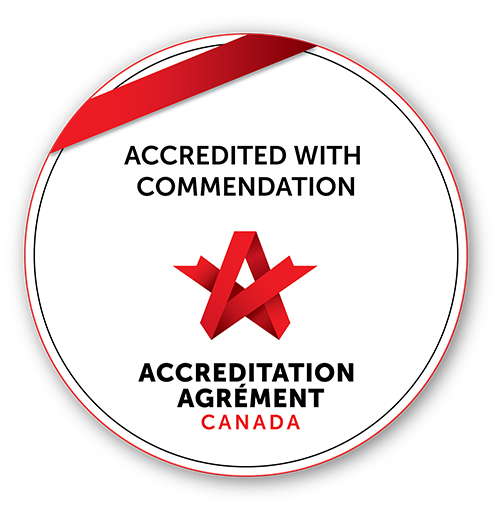Home for Us
Home for Us

INTRODUCTION & VISION
1.1 Overview
Creating communities of joy, purpose, meaning and belonging for all
Home for Us represents a fundamental transformation in long-term care, moving from institutional models to a social-relational approach that prioritizes resident-directed living and meaningful relationships.
The H4U care model is different from traditional seniors’ care philosophies because caring with this approach means recognizing that aging adults are more likely to thrive when they are supported to maintain their independence, social connections, and their desired and purposeful personal routines.
In fact, studies show that maintaining a sense of independence and purpose plays a vital role in active, healthy aging. When people know they have a say in making decisions about their day and can direct their own routines, feel connected in meaningful and mutually fulfilling relationships, and see the care home as their home rather than the staff’s workplace, they feel more in control of their future.
Within this new model of care residents will have access to medication management, physical therapy, and tailored care plans developed with the resident and their family by a team that assesses their unique physical, emotional, and cognitive health needs.
At the same time, they will be supported to maintain strong family and community connections, and empowered to enjoy autonomous, meaningful lives.
To enable the massive shift Providence envisions, the H4U long-term care model will be easily scalable and adaptable to serve diverse populations across the province and around the country.
INTRODUCTION & VISION
1.2 Core Vision
Creating communities of joy, purpose, meaning and belonging for all.
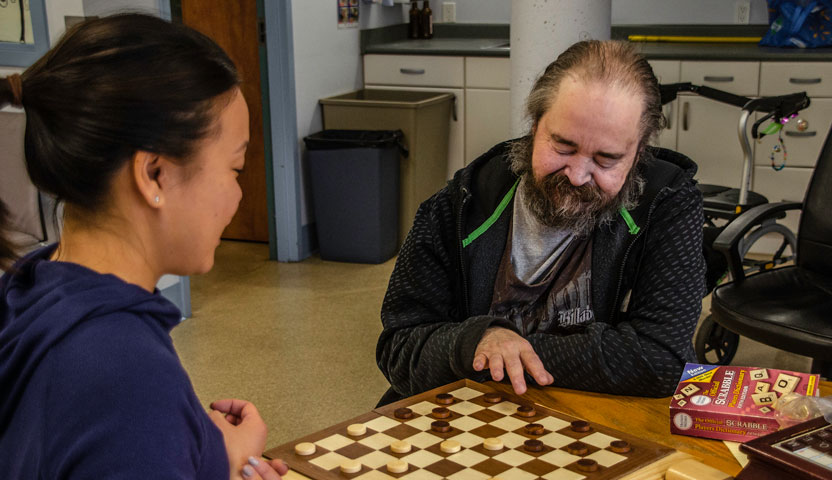
INTRODUCTION & VISION
1.3 Foundational Principles
Jointly created by Providence Living and Providence Health Care, this model puts residents’ needs and preferences at the center. It includes three guiding principles.
A. Emotional Relationships Matter the Most
Real-world Example: Morning Greeting Scenario
B. Residents Direct Each Moment
Real-world Example: Morning Routine Scenario
C. Home is not a place. It is a feeling.
Real-world Example: Living Space Scenario
INTRODUCTION & VISION
1.4 Model Benefits
Key Outcomes for Residents, Staff and Families

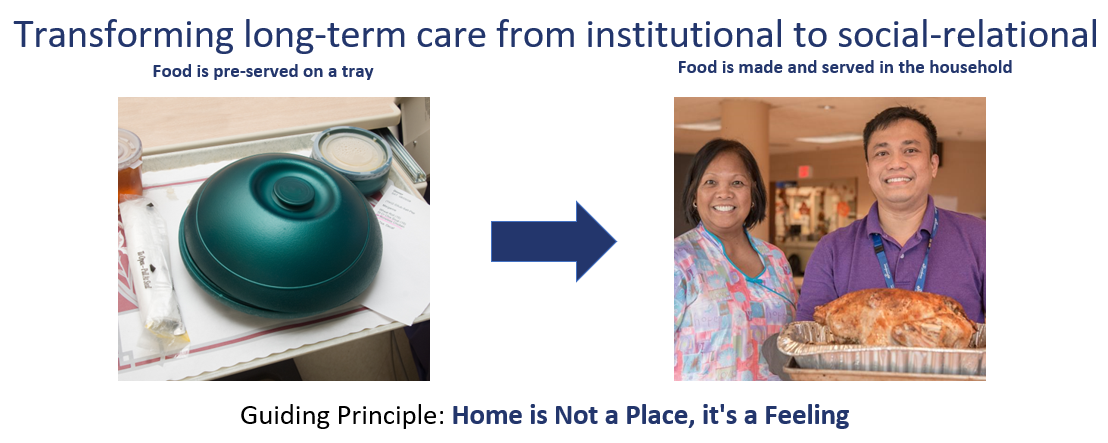

2.0 Core Model Components

CORE MODEL COMPONENTS
2.1 Social-Relational Model Framework
Creating communities of joy, purpose, meaning and belonging for all
A. Transformation from Traditional to Social-relational Care
B. Implementation Framework
Real Example: Evening Routine Scenario
Mr. Williams enjoys watching late-night sports
Practical Example: Care Planning Scenario
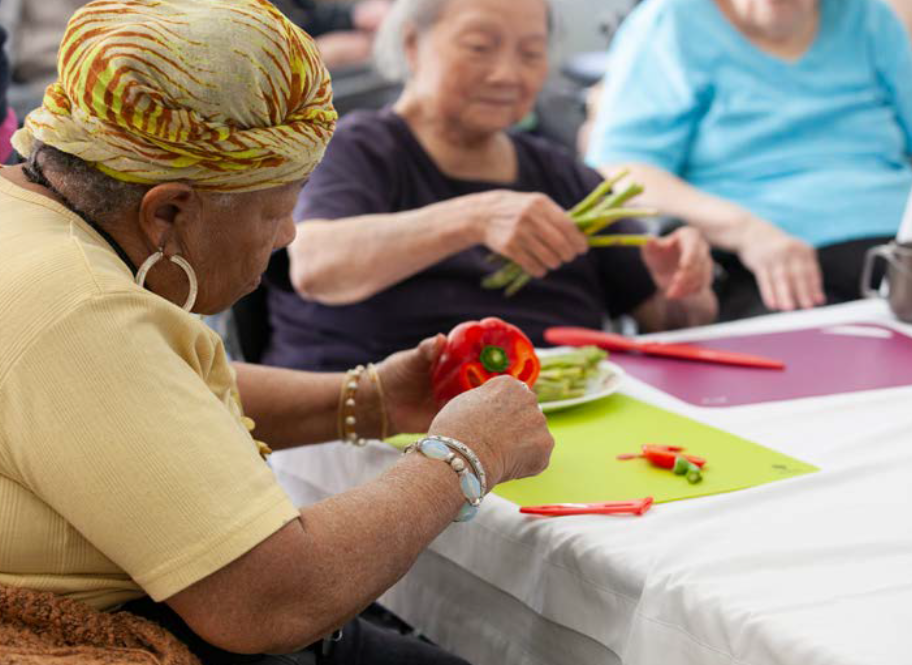
CORE MODEL COMPONENTS
2.2 Operational Components
A. Staff Empowerment
Example Implementation: Spontaneous Activity Scenario
B. Physical Environment Design
Real Example: Space Utilization Scenario
CORE MODEL COMPONENTS
2.3 Quality Framework
A. Measurement Approach
3.0 Physical Implementation

PHYSICAL IMPLEMENTATION
3.1 Facility Design and Layout
B. Neighbourhood Design
Each neighborhood designed to support 12 residents with:
Real-world Implementation: Neighborhood Morning Scenario
B. Community Amenities
Practical Application: Daily Community Integration
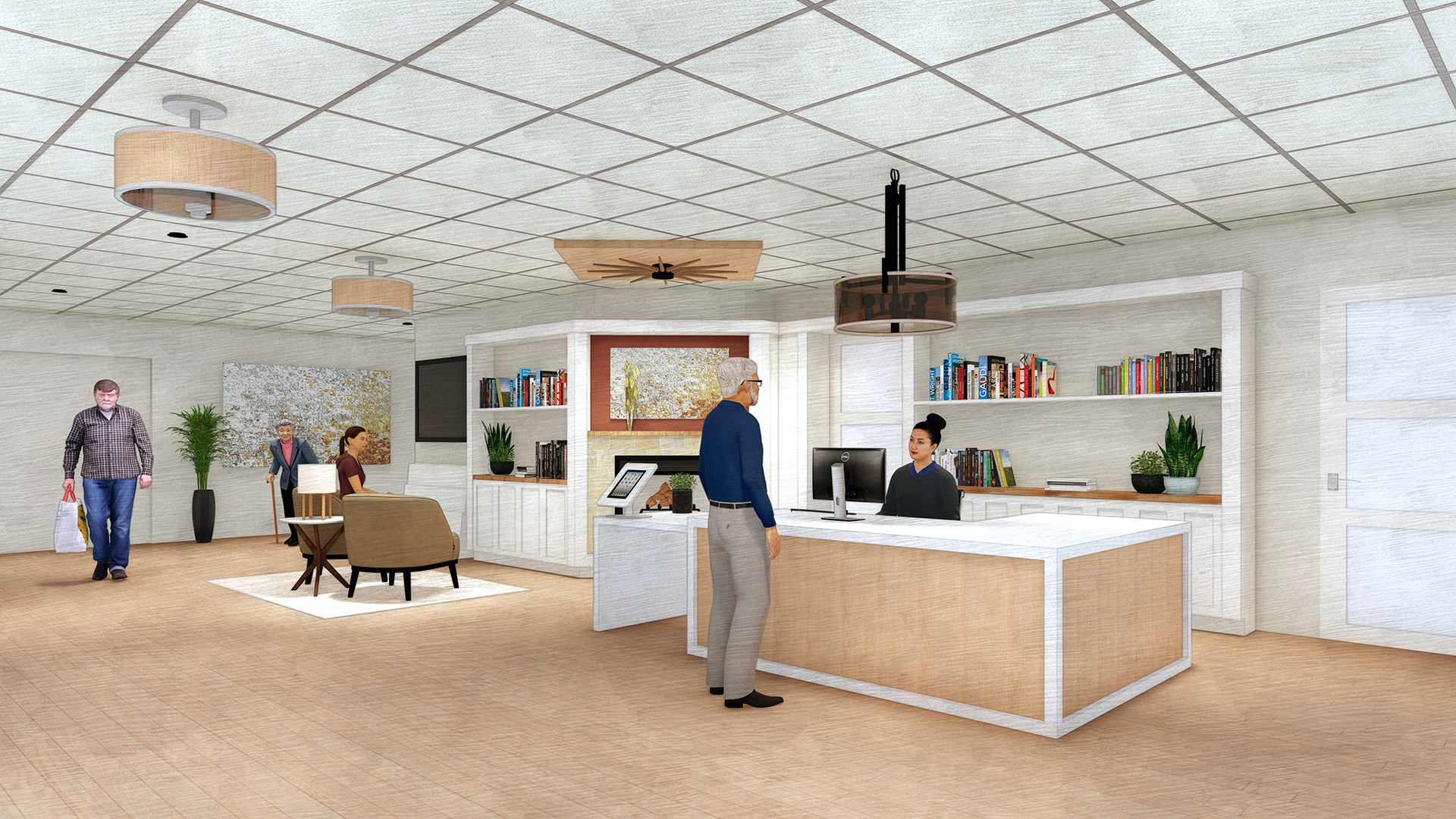
PHYSICAL IMPLEMENTATION
3.2 Environmental Features
A. Indoor Environment
Real-world Implementation: Lighting
B. Outdoor Spaces
Practical Usage: Daily Outdoor Programming
PHYSICAL IMPLEMENTATION
3.3 Technology Integration
A. Support Systems
Real-world Application: Technology in Action
4.0 Daily Life Examples
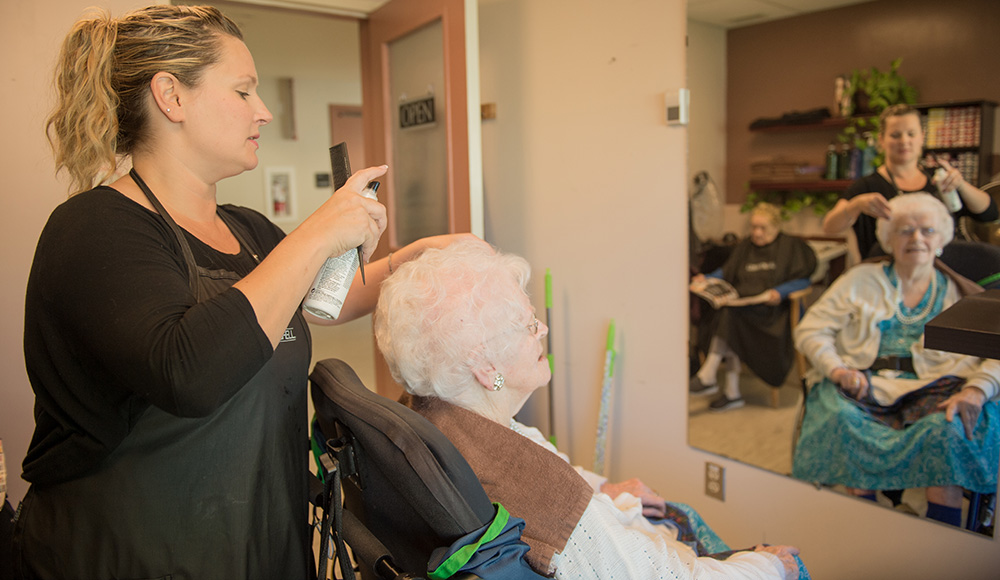
DAILY LIFE EXAMPLES
4.1 A Day in the Life
A. Morning Routines – Flexible Starts
Real-life Example: Mrs. Johnson’s Morning
B. Mealtime Experiences
Practical Implementation: Lunch Time Scenario
DAILY LIFE EXAMPLES
4.2 Activities and Engagement
A. Spontaneous Activities
B. Structured Programs
DAILY LIFE EXAMPLES
4.3 Personal Care and Support
A. Resident-Directed Care
1. Care Planning
2. Daily Support: Morning Care Example
B. Health and Wellness Integration
DAILY LIFE EXAMPLES
4.4 Evening and Night
A. Evening Transitions
B. Night Support
5.0 Staff Development

STAFF DEVELOPMENT
5.1 Cultural Transformation Training
A. Mindset Shift
From Task-Based to Relationship-Based Care
Real-World Training Example | Scenario-based Learning
Resident doesn’t want breakfast at scheduled time
B. Core Competency Development

STAFF DEVELOPMENT
5.2 Staff Empowerment Framework
A. Decision-Making Authority
Implementation Example | Real-world Scenario
Resident shows interest in gardening


